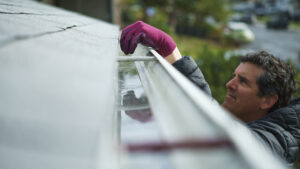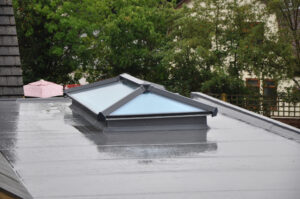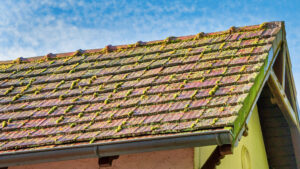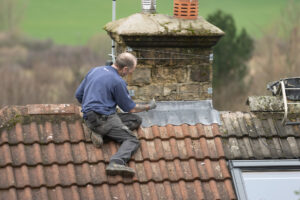Effective roof ventilation is essential for any structure to remain sturdy and last a long time. Inadequate ventilation can cause different problems, including moisture-related damage, premature deterioration of roofing materials, and increased energy costs. There are different ways to ventilate a roof, and being situated in different areas such as Baytown or Cypress may contribute to your building’s needs. Some buildings need passive ventilation, while others may require active ventilation. Keep reading to learn how WABO Roofing ensures your building is properly ventilated.
What is Roof Ventilation?
Roof ventilation is the system of components that uses intake and exhaust vents to circulate the air within a building to maintain a comfortable temperature. Without any passages, the hot air will get trapped inside your home, creating various issues for your property.
The type of roof vents that offer the most practical functioning depends on the temperature where you reside and other property characteristics. WABO Roofing investigates your roof, property, and surroundings to decide the best type of roofing to suit your building.
Types of Roof Ventilation
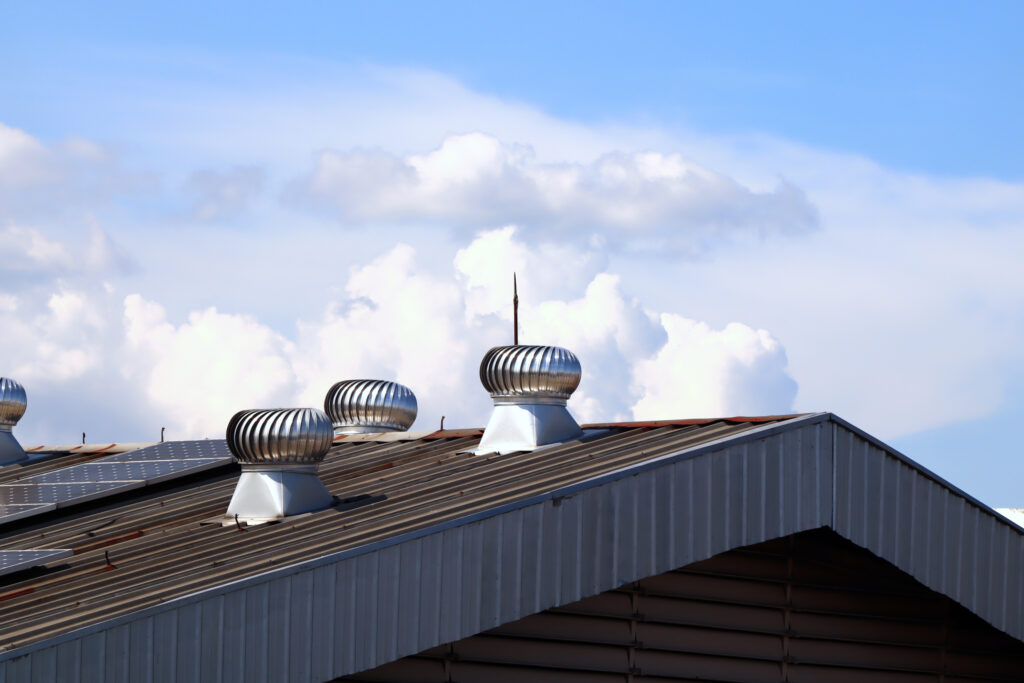
Passive Ventilation
Airflow in passive ventilation is facilitated by using the difference in pressure between the interior and exterior of a building. It is frequently accomplished using vents, louvers, or other openings that are placed strategically to promote air exchange. It does not require any mechanical components.
Supply Ventilation
Supply ventilation systems bring clean air from outside the building. In order to balance the airflow and maintain a healthy indoor environment, these systems frequently use fans or blowers that assist in introducing clean air into the interior rooms.
Active Ventilation
In order to move air around a building actively, active ventilation uses mechanical elements like fans or blowers. This type of ventilation is used in buildings where passive or natural ventilation may not be enough to maintain enough airflow.
Natural Ventilation
This type generates airflow using natural forces like wind and thermal buoyancy. It frequently uses carefully placed apertures like windows, doors, or vents to let in fresh air and circulate it throughout the structure.
Exhaust Ventilation
The main goal of this kind of ventilation is to remove stale or contaminated air from a structure. Exhaust vents, fans, or mechanical systems are used to remove air from certain spaces, providing a constant flow of fresh air and preventing the accumulation of pollutants or humidity.
Balanced Ventilation
In this type of ventilation, the building’s airflow is balanced by using a combination of supply and exhaust systems. It assists in regulating temperature, humidity, and air quality while using the least amount of energy possible and ensures constant exchange of indoor and outdoor air.
Signs of Poor Ventilation
These are warning signs of poor roof ventilation and should be fixed at the earliest by a dependable professional like WABO Roofing:
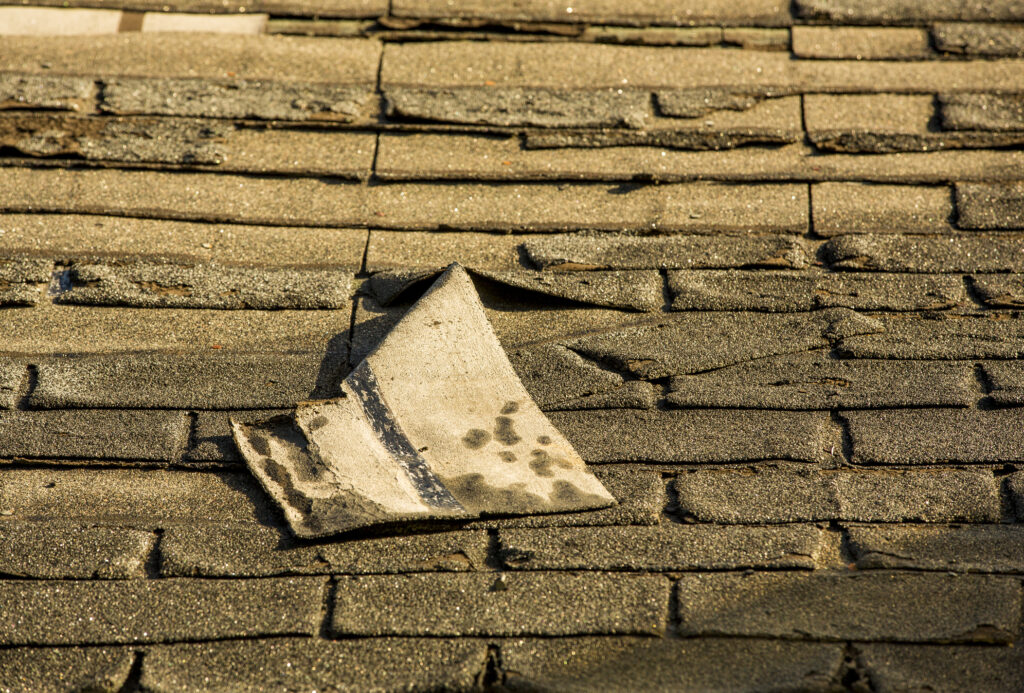
Formation of Icicles and Ice Dams
The roof ventilation is not working properly when there is a build-up of snow on the roof, and you start to see significant ice dams forming along the roof. When the roof warms up, the snow melts, and the flowing water cools as it approaches the roof’s edge, causing ice dams to form. This is a significant sign of inadequate roof ventilation and may lead to more serious problems.
Your Air Conditioning Doesn’t Work
Most of us fail to connect the state of the air conditioning to the roof health. But you must understand that if your roof ventilation is not performing properly, it will impact your air conditioner as it will have to work harder. Your air conditioning will have to work overtime to keep the house cool on hot summer days, as all the hot air is trapped indoors. Your HVAC system will be under stress, and its lifespan may be shortened. If your air conditioner has malfunctioned more than once, you probably have ventilation issue.
Hot or Cold Areas
Have you ever noticed a rise in temperature as you ascend stairs or move from one area to another? This is also an indicator of inadequate roof ventilation. Too hot or cold areas in the home are also a sign that your heating, cooling, and ventilation systems cannot keep up with the atmosphere and the environment within the house.
Roof Leaks, Mold, and Mildew
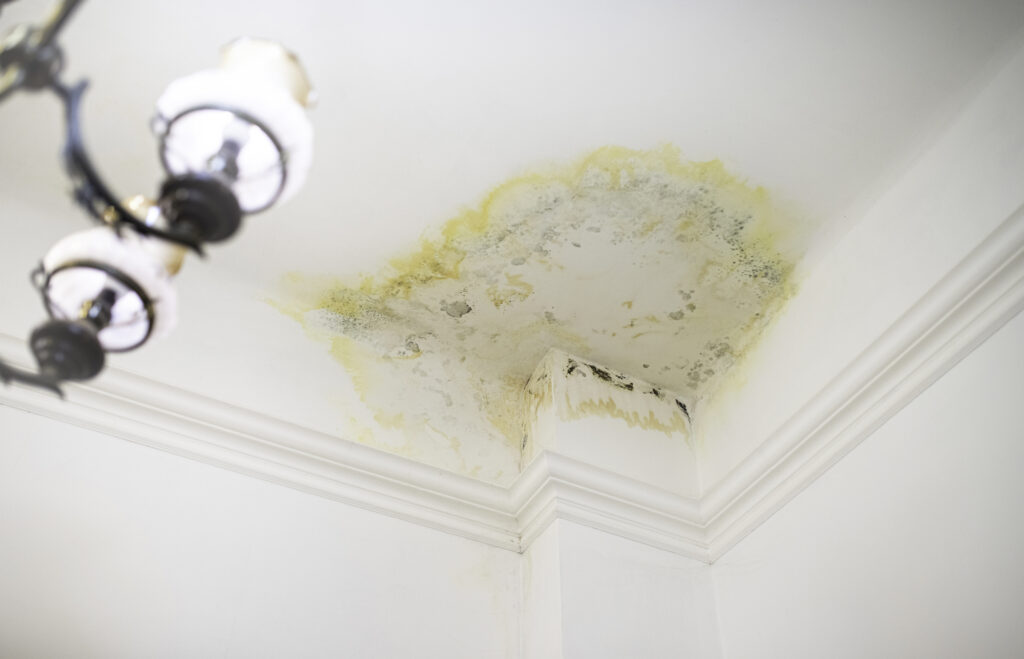
Overlooking any warning signs of poor roof ventilation can cause major problems for your home and your health. Roof leaks can occur when your roof has been subjected to water damage over time or has been severely damaged by a strong storm. If they are not dealt with immediately, the extra water in the house could lead to more issues, including the growth of mold and mildew, which could be disastrous for the health of your family members staying in the building.
Unwanted Pests
Some roof ventilation problems can cause harm to your home’s exterior. Critters could get access to your home if your roof, gutters, or siding have previously suffered damage. Any pets that squeeze through small cracks and crevices or rodents and squirrels that can claw their way inside, could be a sign of a problem with your roof.
How to Improve the Ventilation System of Your Home?
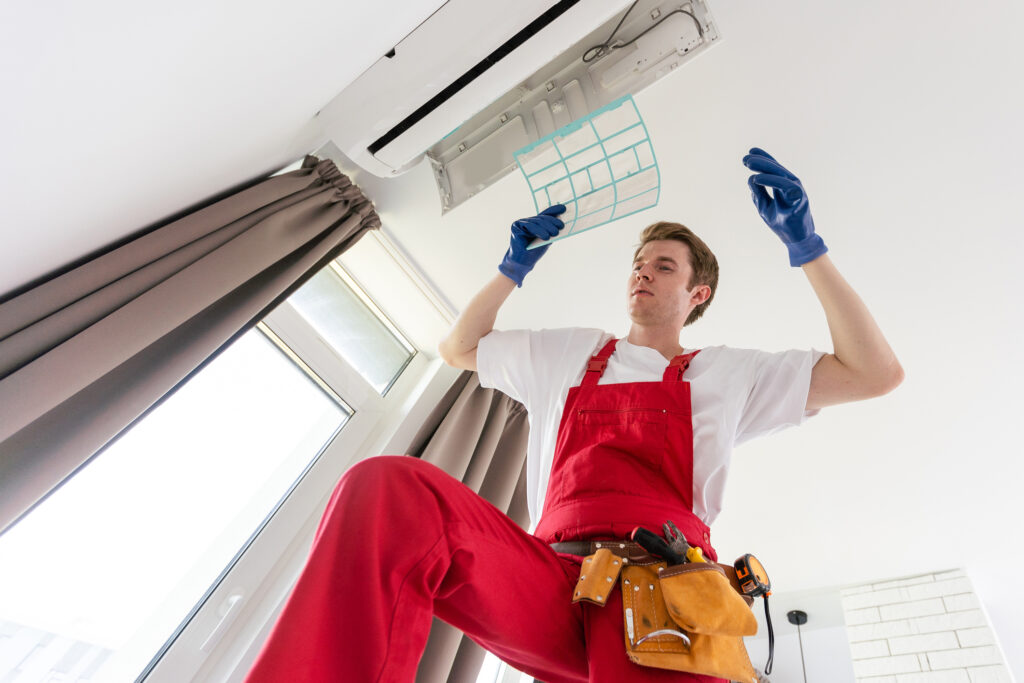
If you have been observing any of the warning indications of inadequate roof ventilation listed above, then it is time to make some adjustments to the roof ventilation of your home. There are different ways in which you can improve the roof ventilation, as there are many factors that need to be taken into account. You can call us so we can assess the roof ventilation system of your home and offer you ideas about how it may be improved.

